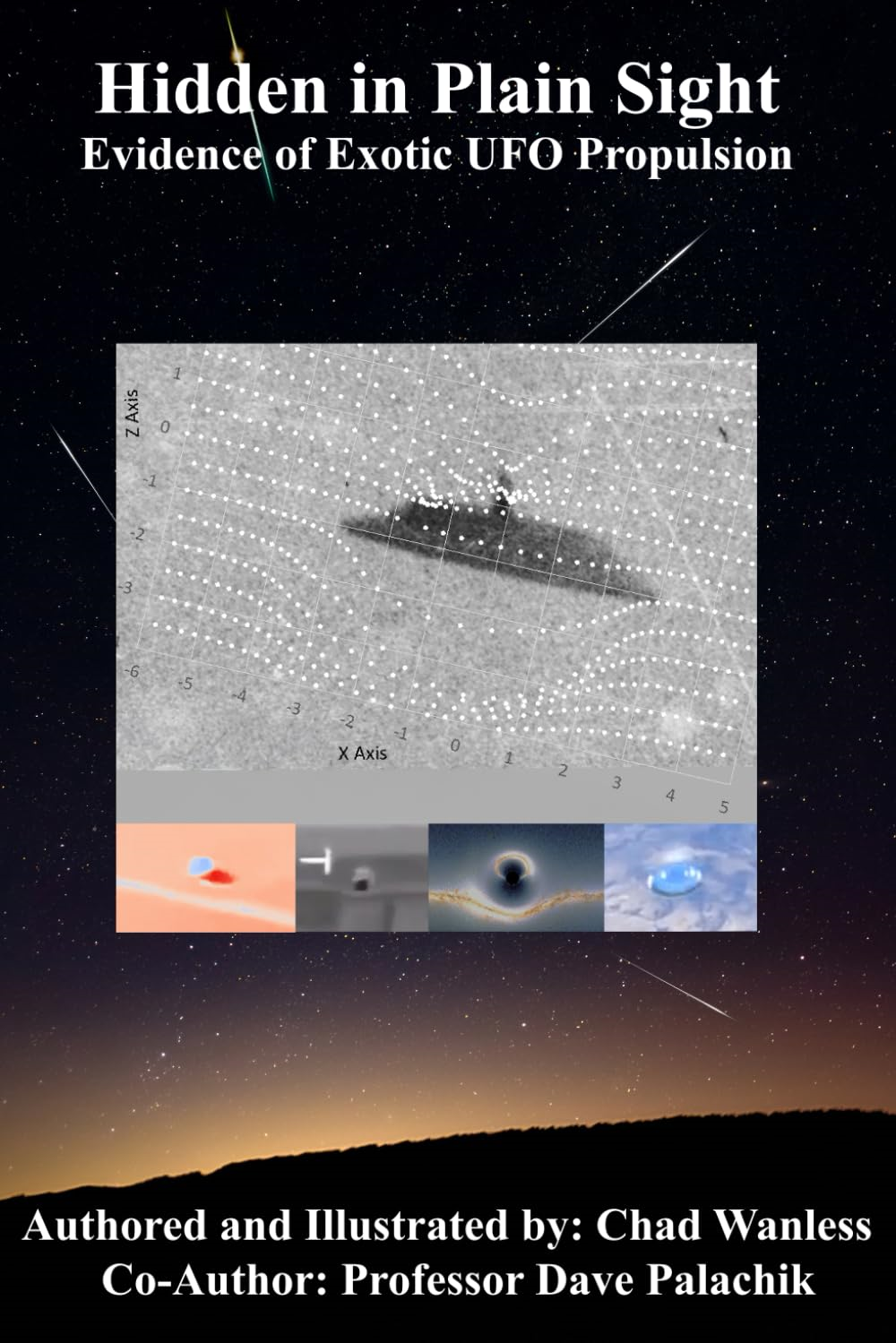Mars was probably habitable for longer than we thought0
- From Around the Web, Space
- June 2, 2017
It was warm and wet right around the time life got its start on Earth.

It was warm and wet right around the time life got its start on Earth.

On May 30th, a dark filament of magnetism tore through the sun’s atmosphere.
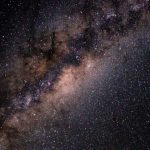
A team of international astrophysicists led by The Australian National University (ANU) has shown how most of the antimatter in the Milky Way forms.

Nooooo, says a NASA spokesman.
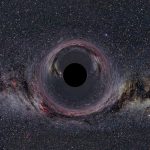
A team of theoretical physicists at the University of Cambridge, UK, has used computer simulations to predict the existence of a so-called naked singularity, which interferes with Albert Einstein’s general theory of relativity.

A team of researchers from the Department of Physics and Astronomy at the University of British Columbia, Canada, has tackled the question ‘what causes the slow accelerating expansion of the Universe’ in a study that tries to resolve a major incompatibility issue between two theories: quantum mechanics and Einstein’s theory of general relativity.

Forget everything you knew about gas giants, because based on the latest results from the Juno mission, we were wrong. We were so wrong.
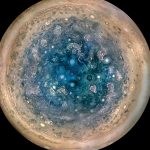
Early science results from NASA’s Juno mission to Jupiter portray the largest planet in our solar system as a complex, gigantic, turbulent world, with Earth-sized polar cyclones, plunging storm systems that travel deep into the heart of the gas giant, and a mammoth, lumpy magnetic field that may indicate it was generated closer to the planet’s surface than previously thought.
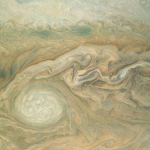
Here are eight surprising things NASA has learned so far.
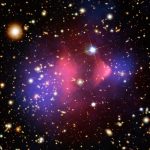
Getting rid of dark matter would be a big ordeal, so we talk to the man behind the theory.
